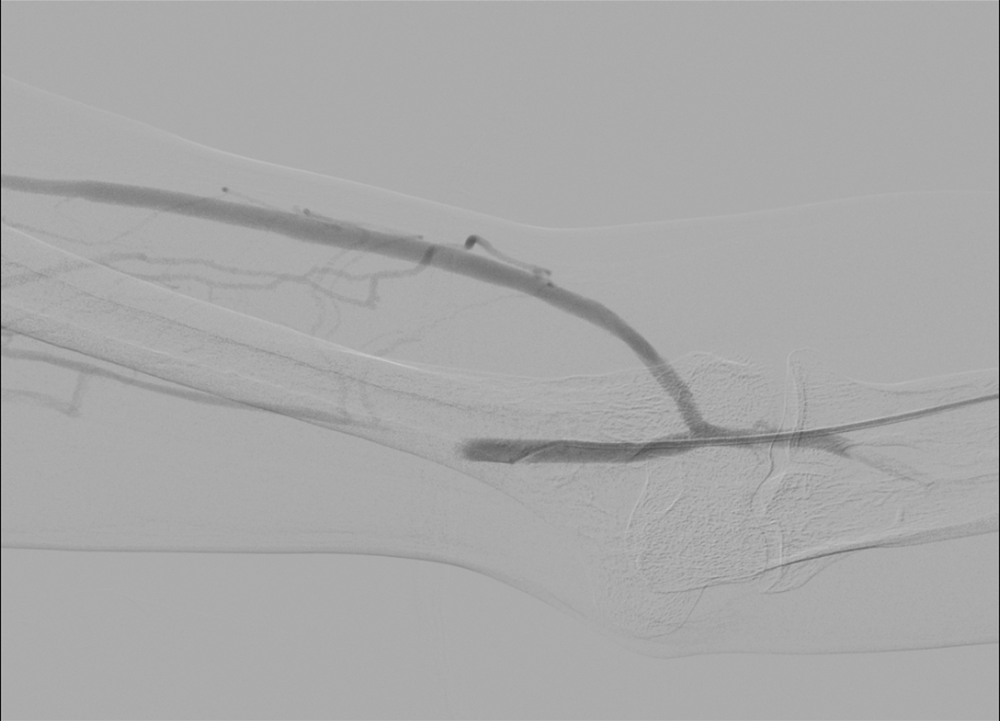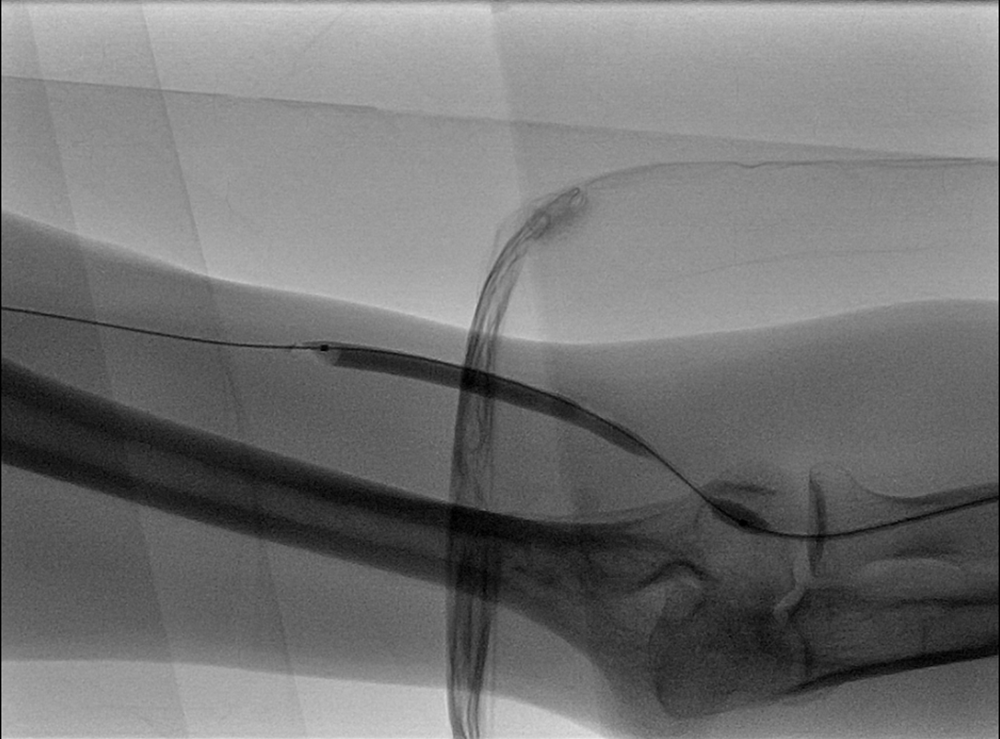Failing AV Access In Renal Failure

What Causes AV Fistula In Renal Failure Patients to Fail?
The Mechanisms of AV Access Failure are;
(a).Venous Outflow Stenosis resulting in decreased flow through the AV access.
(b). Arterial inflow stenosis can similarly limit flow through the AV access and is a common mechanism of failure of autogenous AV access.
(c). Cannulation Location with inadequate separation of the cannulation needles, Repeatedly puncturing the access at the same convenient location can lead to pseudoaneurysm formation.
(d). Conduit Access Limitation, itself may be the cause of problems if vein is too small or too deep.
How Do I Know If My AV Fistula Is Not Working?
In many cases, clinical examination may be sufficient to assess access function with a reasonable degree of certainty. Collateral veins around areas of stenosis or occlusion are important indicators of elevated venous pressures, High venous pressures can lead to excessive access bleeding after removal of the cannulation needles. Assessment During Dialysis by measurement of static venous pressure,and measurement of flow rate using ultrasound flow measurement are two predominant methods used in practice.
Can Failing AV Fistula Be Repaired and What are Interventions for a Failing AV Access?
(a)Open Surgical Techniques such as Surgical Revision for Stenoses after per operative complete imaging from the arterial inflow to the central veins with Inter position graft or patch angioplasty.
(b)Percutaneous Interventions includes Balloon Angioplasty is the most common technique used to eliminate any focal stenosis and Intraluminal Stent may be used to treat any residual stenoses or dissections after balloon angioplasty.

